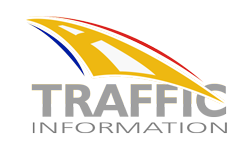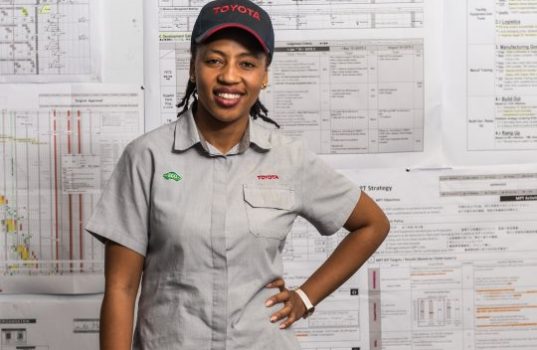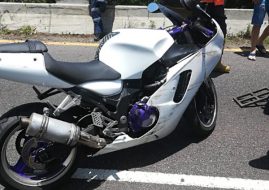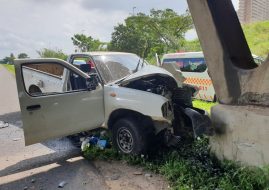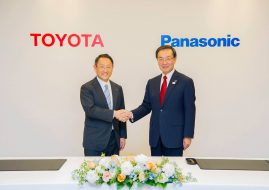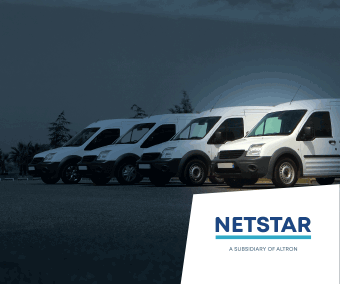Toyota Sa Invests R6,1 Billion to Build New Hilux and Fortuner
Japanese automaker Toyota, today announced that it has invested over R6,1 billion to facilitate production of the all-new Hilux and Fortuner at its Prospecton plant in Durban.
This reaffirms Toyota South Africa Motors’ (TSAM) position as the largest automaker in South Africa, manufacturing no fewer than five individual models (Hilux, Fortuner, Corolla, Corolla Quest and Quantum) in CKD or complete-knock-down form, as well as selected Hino and Dyna models produced as SKD or semi-knocked-down assemblies.
“This latest announcement gives evidence of a company that is defiantly committed to South Africa by strategically investing in the people, tools and equipment to produce cars and commercial vehicles of world-class standard that are not only destined for the domestic market, but will also fly our flag high on the international stage thanks to a robust export plan.
“But it is in fact more than that – it’s also a celebration of the pivotal role that both Hilux and Fortuner play in the overall development of the South African motor industry,” TSAM President and CEO Andrew Kirby said at Toyota’s Prospecton Plant.
Dr Johan van Zyl, Chairman of Toyota South Africa and Chief managing Officer of Toyota Motors Europe echoed Kirby’s sentiments, adding that, “the TSAM of today is vastly different to the same company only 10 years ago. This is all due to an ability to change with the times and I am glad to say that as we have changed, we have become better and more focussed to the benefit of our customers.”
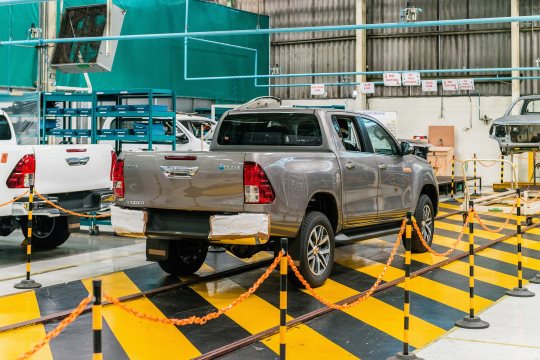
Van Zyl did however reiterate the importance of stability on the production line: “Although we are justifiably proud of the achievements of the motor industry in growing production and especially exports post-1994, we must remember that South Africa currently produces less than 1% of the 90-million vehicles made worldwide each year.
“We have to remain world competitive not only in terms of wages and productivity, but also regarding labour stability. I cannot stress enough the importance of engagement – engage, engage and engage again – the need to employ dispute resolution as the first and ultimately only line of defense rather than resorting to strike action as the solution.
“Nevertheless I am confident that a fair and equitable labour agreement can be reached and rest assured, that no matter what, Toyota will do its utmost to continue to put its customers and South Africa first.”
55 Years of Continuous Investment
Toyota’s heritage in South Africa spans more than 55 years and the company has been the beneficiary of ongoing investment since its manufacturing inception in 1972 when the company started operations at Prospecton.
Recent investment highlights:
- In 2011 a new green field’s warehouse facility was constructed in Boksburg.
- In 2012 an SKD operation for the Quantum taxi commenced and then in 2015, Toyota invested further in this facility, when it was converted to a full CKD production plant – this required an all-new plant at Prospecton. The last phase is scheduled for completion in July this year. This will see volumes increase from 9,500 units to 13,000 units per year, which equates to an increase of 37 per cent.
- In 2014 the Prospecton plant was upgraded to start production of the all-new Corolla and Corolla Quest.
- 2014 was also the year a brand new vehicle storage site in Prospecton came on stream.
- 2014 was a busy year for Toyota, as it was also the inauguration of the new Hino plant in Prospecton
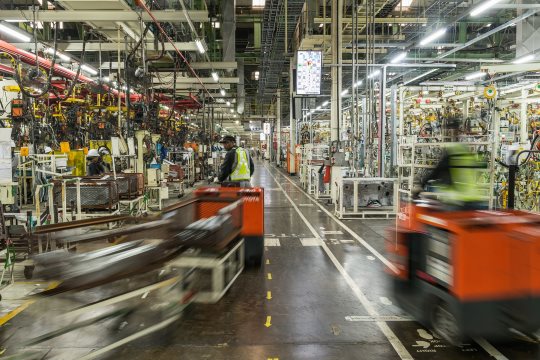
R6,1 billion Investment
This latest announcement represents the biggest single investment Toyota has made to date.
Unpacking the R6,1 billion investment – R1,9 billion relates to supplier tooling, R1,4 billion to in-house tooling and the remaining amount to investment in in-house facilities and buildings to cater for the new press machines.
Toyota’s component plants (sited across the road from the main plants) also had to undergo some major ‘facilitisation’ with the ladder frame or chassis plant being completely reworked for the newly designed chassis which is a unique selling point of the new models. It was also an opportune time to introduce new global equipment which provide improved accuracy, quality and process stability, while at the same time increasing the automation levels at this facility.
New facilities were installed for the manufacture of a variety of other in-house components including the new instrument panel, exhaust assembly, brake and clutch assembly, rear bumper reinforcement, catalytic converter, rear and front axle assemblies as well as the painted resin front bumpers. It’s worth noting that the previous Hilux and Fortuner models had in the region of 1 500 local parts and for the new models, this number has swelled to 2 700. This achievement goes some way to answering the call from the local component supplier industry for increased localisation in vehicle manufacture.
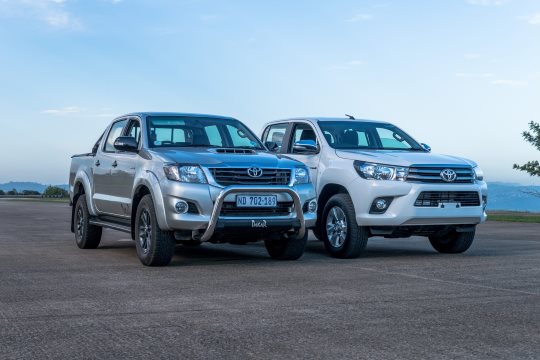
In addition to TSAM’s investment of R6,1 billion, Toyota’s suppliers have also made substantial investments amounting to over R1,7 billion, while also attracting five, new, international suppliers; creating further employment in the supply chain (as many as 2 000 new jobs) – all of which ultimately contributes to increased localisation of parts and modernisation of facilities and processes.
This has had a direct knock-on benefit for production capacity at the Prospecton plant which has now increased from 120,000 p.a. to 140,000 p.a. Hilux and Fortuner are core vehicles for Toyota locally from both a brand and production perspective, and hence contribute a sizeable 80 per cent of total production volume.
Hilux and Fortuner are the undisputed segment sales leaders, and in the case of Hilux, it also wears the “SA’s most popular vehicle” crown, a distinction it has enjoyed 43 times in 47 years. Local sales now exceed a million vehicles and Hilux is, in fact, the longest-running vehicle model name on the South African market. Sales volumes for Hilux are estimated to be in the region of 3,400 per month with Fortuner forecast to achieve an average of 1,100 retail units per month.
Built by South Africans for South Africans – and the rest of world
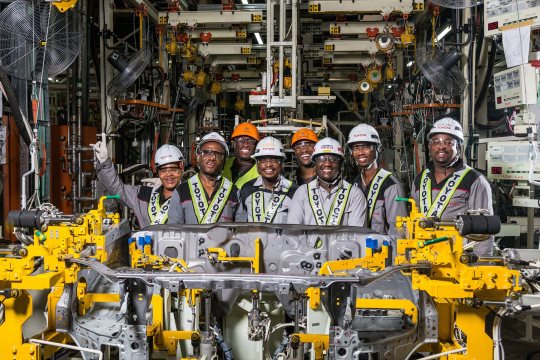
Given the importance of these two models to the South African market, TSAM made its voice heard in terms of local requirements. The SA-based engineering team put the new Hilux prototypes through the most stringent of tests at the company’s Eston test facility close to Pietermaritzburg. As early as 2010, when the designs of the new Hilux were initially drafted, the goals set were toughness, a car-like interior and ride, enhanced security as well as improved towing capacity. From then on, it was a matter of stress testing the whole package, benchmarking and target setting. Suitability tests were conducted with each vehicle completing 15,000 to 20,000 km off road, in the harshest of conditions, to prove the new design was capable of taking the legendary toughness to the next level. At the end of this process the engineers completely disassembled the test units to see if any of the areas required attention.
On the export front, these two models are just as important – TSAM is the second biggest global manufacturer of Hilux and Fortuner (behind Toyota Motors Thailand) and the only facility charged with building Hilux models that meet the new Euro 6 regulatory demands. Exports are forecast to be slightly more than 50 per cent of TSAM’s total 2016 Hilux and Fortuner production.
This year TSAM will export more than 55,000 brand new Hilux and Fortuners to 74 countries (including some of the most discerning economies of the world) across Africa (43), Europe (28) and Latin America (3). These exports include both right-hand-drive and left-hand-drive variants and consist of hundreds of varying derivatives which is testament to the skill and flexibility of TSAM.
TSAM is also extremely proud that the new and enhanced, locally-produced Hilux will continue to be supplied to 16 United Nation affiliated programmes, funds and agencies. These include the World Health Organisation (WHO), the United Nations Children’s Fund (UNICHEF) and the International Federation of Red Cross and Red Crescent Societies (UNIRFC).
In addition to producing and supplying fully built-up light commercial and passenger vehicles (CBUs) to the globe, TSAM will also be exporting new components to Thailand for the use in their own Hilux / Fortuner / Innova production facilities. Naturally, this new business will add significant value to the local supply chain whilst acting as another important milestone in TSAM’s growth as an exports’ hub at the base of Africa.
‘Our business is not just about making cars.’
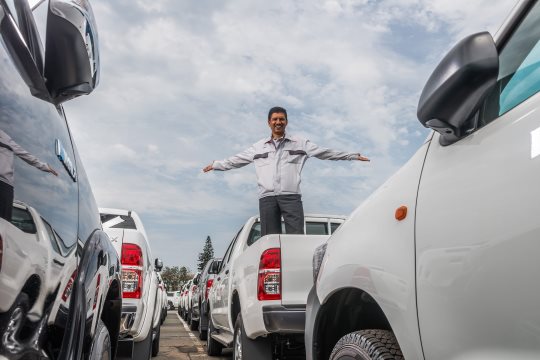
In the words of Andrew Kirby: “Our business is not just about manufacturing vehicles; it’s about making ever-better vehicles and the only way we can accomplish this, is by investing in the people who build our vehicles.”
TSAM is the largest employer among the OEMs in South Africa with 8 500 team members -this figure includes an additional 557 people who were employed as part of the new Hilux and Fortuner project. This equates to half the workforce dedicated to producing just these two core models.
Training was key to the success of the Hilux and Fortuner project and was therefore all-encompassing – from assembly-line team members to dealer personnel. More than 1.6 million hours were spent in the various aspects of the new educational programme which likewise covered the full spectrum of training. This not only involved skills transfer, but also extended to ‘imbibing’ the Toyota culture of a caring company, transformation in the work place and development of a well-trained, integrated supply chain.
Related Posts
« Three men die in Ogies collision One injured in collision in Witpoortjie, Roodepoort »
